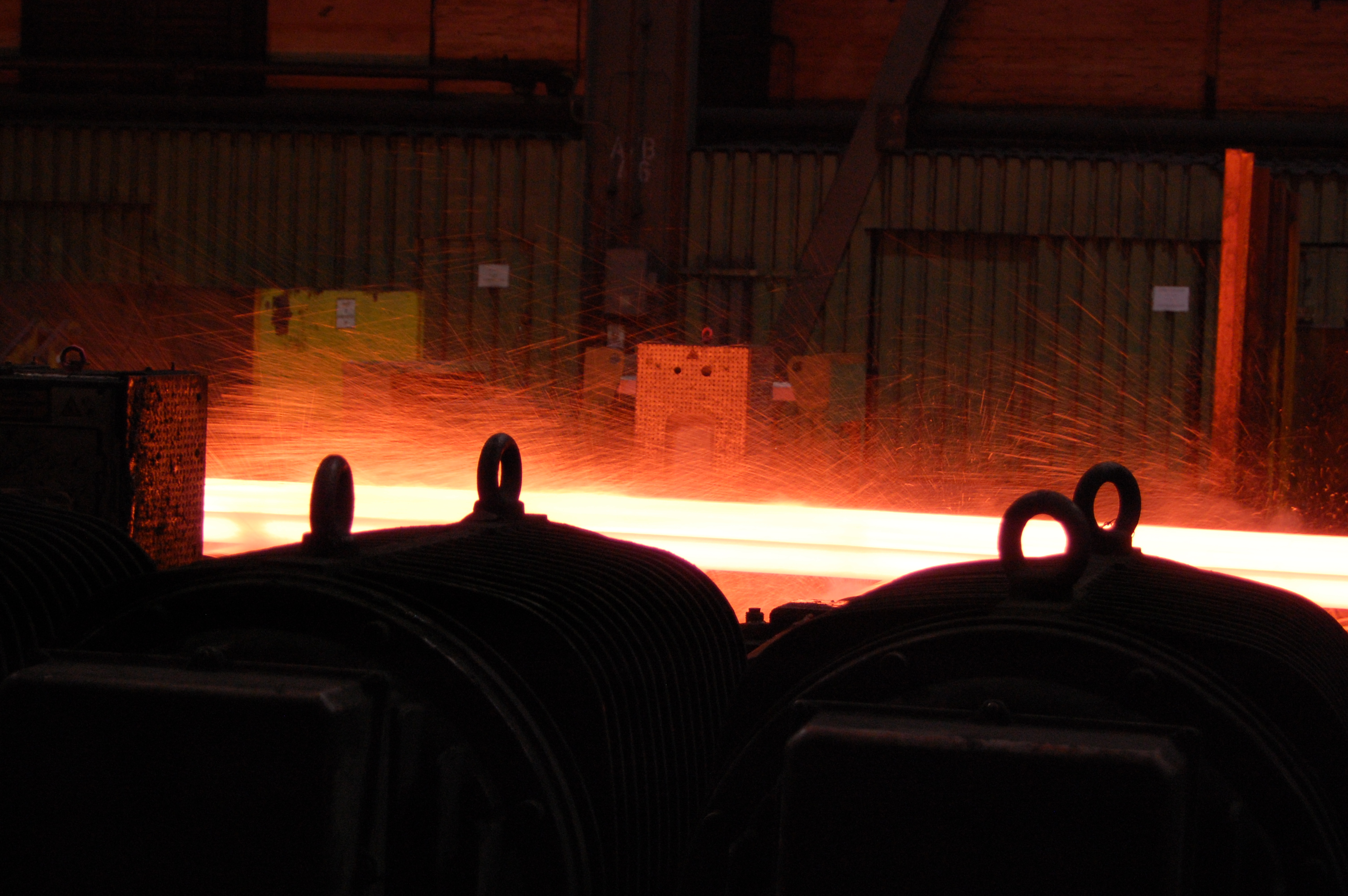What is non-destructive testing?
Non-destructive testing (NDT) methods are used to test components for defects or to record quality characteristics and material properties of components. Non-destructive testing means that the testing process does not influence or reduce the suitability of the material, component or product for the intended use in any way.
Non-destructive testing makes use of physical measurement technology and uses the entire spectrum of possible interactions known from physics. The data acquisition is done by means of suitable sensors adapted to the respective task. For the presentation and evaluation of the test results imaging techniques are increasingly used.
Many, technically highly relevant questions, such as the strength of materials or components, cannot be solved by observing or measuring properties on the material surface, but require a "look" into the interior of the material or component. This is done by selecting a suitable physical measurement technique which is capable of generating the desired measurement signals from the inside of the component. The high relevance of such measurement techniques can also be seen in the portfolio of standard NDT methods, which predominantly have material-penetrating capabilities, such as X-ray or ultrasonic methods.
